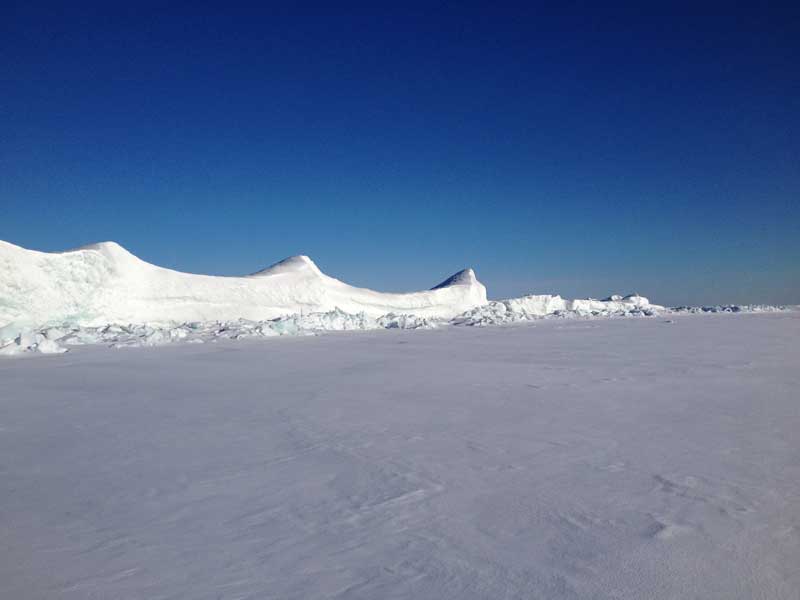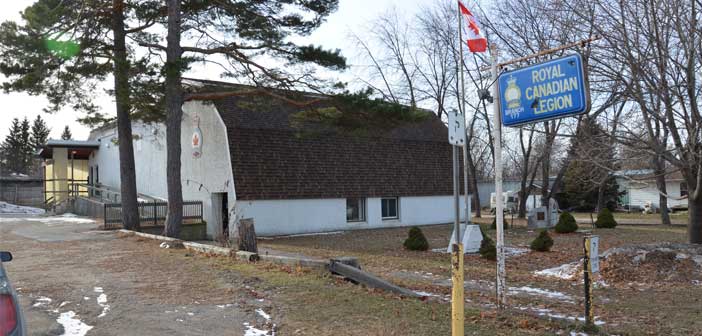LAKE HURON—Last year’s near-historic ice coverage of 96 percent is not likely to be repeated over the winter of 2015, according to Jia Wang, PhD, research scientist/ice climatologist, whose job entails gazing into the data prediction crystal ball at the National Oceanic and Atmospheric Administration (NOAA) Great Lakes Environmental Research Lab.
“Overall Great Lakes max ice cover was projected to be 54 percent, around the mean of 52 percent based on a statistical regression model using climate indices of NAO (North Atlantic Oscillation), ENSO (El Nino and Southern Oscillation), PDO (Pacific Decadal Oscillation), and AMO (Atlantic Multidecadal Oscillation),” said Mr. Wang in an email reply to a request for comment on the expectations for next year’s ice cover. Asked to put that reply into a more “public viewer/reader friendly’ wording, Mr. Wang supplied, “This 2014/15 winter’s projected ice cover of 54 percent is much less than last winter’s of 92 percent.”
Last year’s coverage certainly approached to within a whisker of the all-time recorded maximum ice coverage of 94.7 percent, coming in a close second in all time coverage and this year’s more average 52 percent coverage well and far above the 9.5 percent recorded in 2002 or the 11.5 percent that formed during the strong El Nino year of 1998 or even 2012/2013 coverage of 38.4 percent.
Heavy ice coverage was credited in part with helping to bring water levels in Lake Huron back to normal levels this past year by reducing the impact of evaporation and according to NOAA publications, the impact of heavy ice cover can be also be positive for the fishing industry. “In the shallow waters where whitefish spawn, ice cover protects their eggs from destructive wind and wave action,” reads a pamphlet from the NOAA. “Ice cover with little or no snow cover allows light penetration at the surface to promote algae growth. At the base of the foodweb, algae support living organisms in the lakes, including valuable commercial and sportfish species. With $4 billion flowing into the commercial and sport fishing industry each year, ice cover can be a significant factor affecting the region’s economy.”
The NOAA also points out that ice forming in bays and inlets on the lakes provide “a stable platform for winter recreational activity such as ice fishing. This stable ice also protects wetlands and the shoreline from erosion.”
Although those are all positive effects, the NOAA notes there can also be negative consequences. “Huge ice jams can form in rivers connecting the Great Lakes,” they point out. “These jams constrict the flow of water from one lake to another, causing flooding upstream and less water for hydropower plants downstream. When the jam finally breaks, the resulting surge of ice and water can damage the shoreline and property.”
For Great Lakes shipping, heavy ice through the winter season is a mixed blessing for those shipping cargo through the lakes while increased water levels due to lower evaporation helps to increase capacity to transport cargo, the heavy ice conditions in early spring can also delay the shipping season and cause navigational problems.
For marinas whose life blood is the tourism dollar, higher water levels are also a benefit, especially “to those who spend millions to dredge boat slips, channels, and harbours when lake levels are low.”
Many factors impact ice cover each year, with global warming topping the list most often cited these days. But the NOAA points out “in addition to changes from global warming, Great Lakes ice is heavily influenced by natural climate patterns, such as the ENSO (El Nino and Southern Oscillation) and the NAO (North Atlantic Oscillation) or AO (Arctic Oscillation).”
Those terms might be familiar from Mr. Wang’s exposition above. According to NOAA publications, those “long-term oscillations cause shifts in position of various high and low pressure systems that are defined in terms of a numerical index, representing the distribution of temperature and pressure over a wide ocean area that affects global weather patterns.”
These airflow patterns have been receiving great airtime in media weather reports over the past decade and help to explain the sudden and severe unseasonal variations in temperature such as those experienced by our neighbours to the south recently, when all 50 states reported sub-freezing temperatures, much to the chagrin of Canadian snowbirds sojourning in the popular destinations of Florida and Arizona, or honeymooners taking a once-in-a-lifetime trip to Hawaii.
One thing is certain, however, regardless of whether the ice coverage on the Great Lakes is up or down, those venturing out onto the ice should ensure that the thickness is appropriate to bear their weight and, if in doubt, stay off until it is safe.





